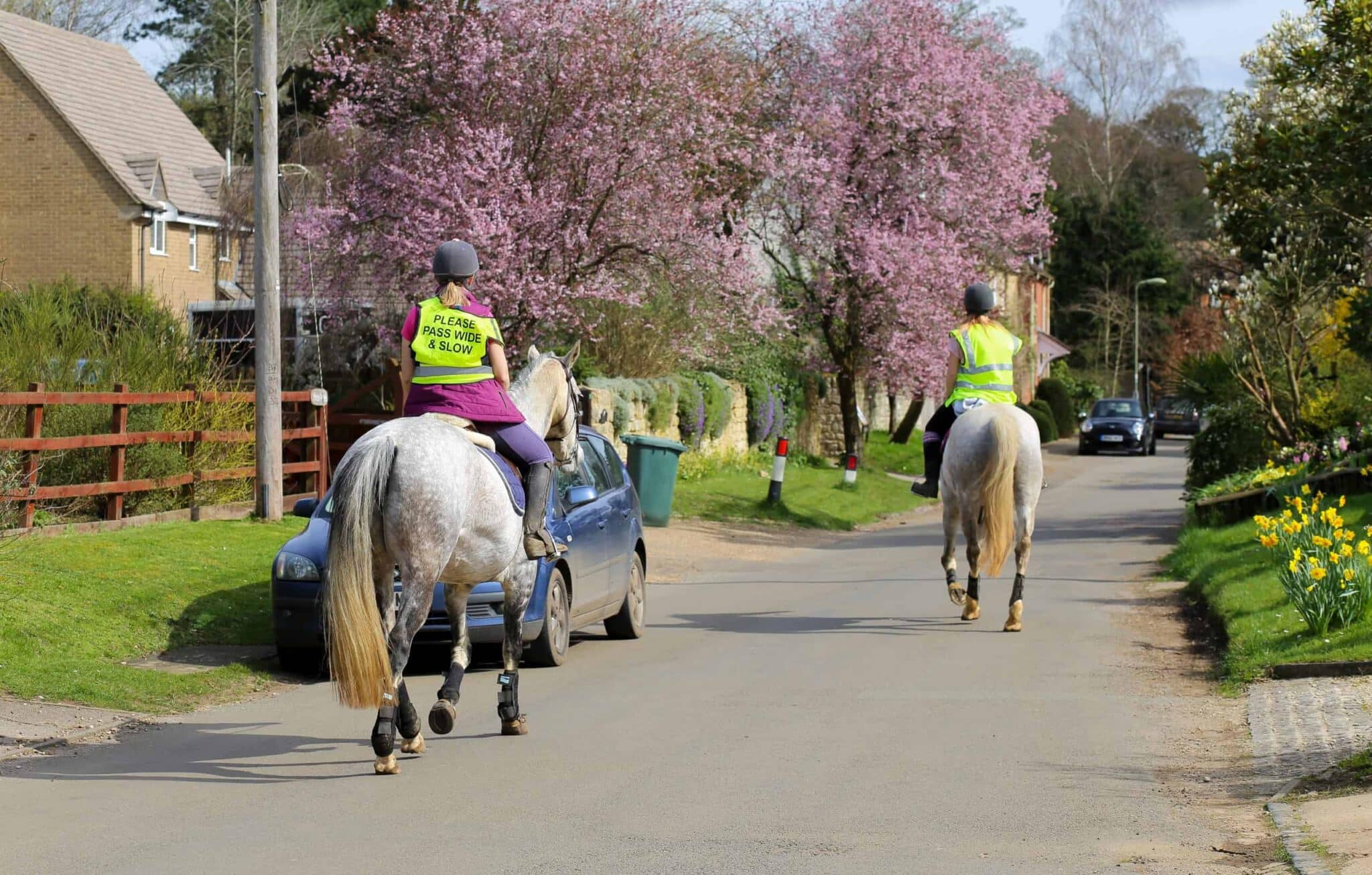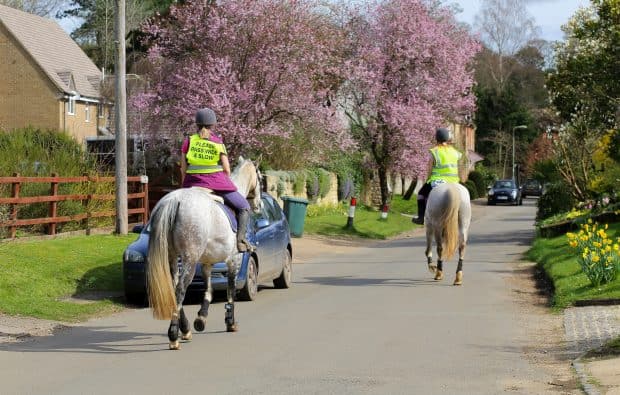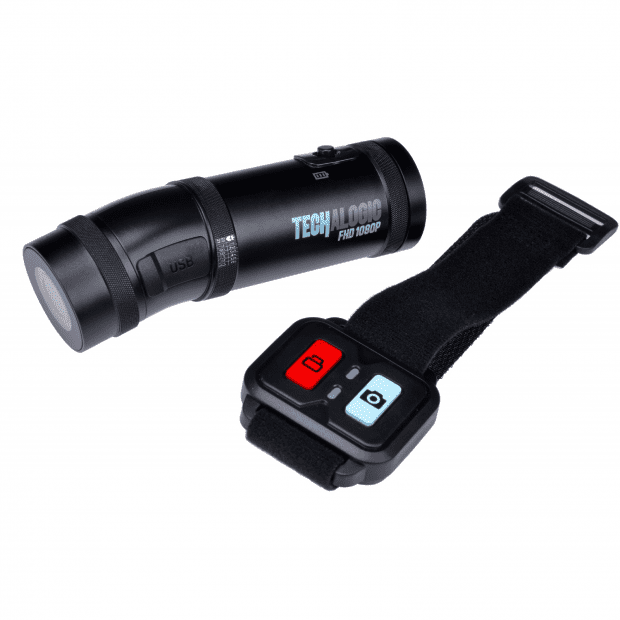Cyclists and equestrians on the road have been proven to be the most vulnerable road users, most at risk of injury or incident, not always due to their own faults. As of January 2022, the Highway Code changed some of its rules to place cyclists and equestrians higher up on the road hierarchy in an attempt to make the roads safer for these road users.
As an equestrian or a cyclist, there is little you can do to change the behaviour of other road users to have your safety prioritised. At Techalogic, we value every road user and understand the unique requirements and safety concerns of a variety of road users. As such, we have compiled this blog for equestrians on how they can remain safe on the roads.
Road Safety
As an equestrian, you are in charge of not only your safety, but also the safety of your horse, and whoever else is sharing the road with you. As such, you must adhere to safe road practices and abide by the Highway Code for your safety and the safety of others. We have written a blog regarding the Highway Code changes for equestrians here.
When riding on the road, equestrians must:
- Wear correct safety clothing and equipment (high vis, helmets, reflector lights, etc)
- Wear boots or hard-soled heels
- Not ride in poor visibility
- Keep to the correct side of the road
- Ride a horse with correct tack and equipment
More information is listed by the BHS, here.
Aside from ensuring you are following correct road codes and legislation, there is little you can do to prevent accidents or dangerous road use of other road users. For this reason, we encourage you to take the necessary precautions for your personal safety.
Helmet cameras
Helmet cameras are ideal for safety on the road. Having a helmet camera while you’re riding on the road provides real-time evidence that helps you work on your horse’s behaviour when riding on the road and monitor other road users’ behaviour. Having a horse riding camera can help to provide evidence in the event of an accident and can help with claims against insurance, other road users, or be used for police evidence.
Helmet cameras will not stop an accident, but they can be very useful in providing evidence as to who is at fault. Additionally, a reckless driver may see that you are fitted with a helmet cam and take extra precaution to drive carefully around you, as they know they are being filmed. Either way, it cannot hurt to have a helmet camera.
Reporting
If you are in the middle of an incident at the hands of a reckless driver and you have helmet camera footage, it may be slightly confusing as to what to do with this evidence. Luckily there are a few places where evidence can be submitted, and action can be taken.
Police
Foremost, the initial place you submit footage should be to your local police force. A phone call or email with the relevant information is advised and a member of the team should then pass this on to the relevant department and chase up the claim.
Operation Snap
Some counties have a separate reporting service as part of their police force, this is called Operation Snap or Op Snap. Operation Snap is designed to make the roads safer and give road users a dedicated platform to submit video/dashcam/ helmet cam evidence when they have been involved in dangerous driving or other problematic road use.
The Op Snap team will investigate any footage that has been sent to them within 10 days. They will study the evidence and decide if an offence was committed. If an offence is identified the driver can be prosecuted, fined, or told to take a driver improvement course.
Operation Snap is an incredibly useful tool for road users and can provide quicker responses as the evidence is forwarded to the correct channels immediately.
BHS
The British Horse Society has released a new app that enables equestrians to quickly and easily submit details of incidents that have affected their safety. The app is named Horse i and has been designed to empower equestrians to have access to immediate reporting of incidents.
The app records details of the incident, including the location, date and time, any injuries sustained, vet treatment required, as well as if any other agencies are involved, such as the Police or Civil Aviation Authority. An incident report can be submitted via the time-saving new tool in less than three minutes, although there is also the facility for the user to take the time to add in any supporting detail if they wish.
The BHS cannot take any measures beyond reporting and is designed to provide data rather than chase up problematic drivers. For the prosecution, the police will need to get involved either through direct contact with them or through Op Snap.



